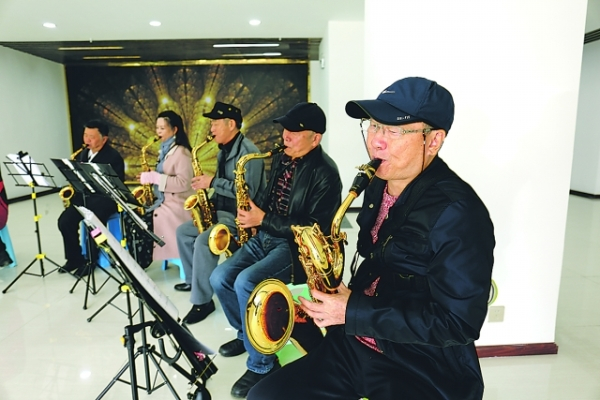Baiyun witnesses rapid urban development over five-year period

Baiyun's Quanhu Park boasts a healthy environment and good recreational infrastructure. [Photo/WeChat account of gybyzw]
Over the past five years, Baiyun district in Guiyang, capital of Southwest China's Guizhou province, has adhered to a people-centered approach, making every effort to optimize its urban layout, speed up urban renewal, and promote urban-rural integrated development.
The urban scale of Baiyun district has continued to expand, and the pre-sale area for new commercial housing in the district reached 4.74 million square meters in total over a five-year period.
Meanwhile, the built-up area of the district's central urban area expanded from 22.91 sq km to 40 sq km. Its urban population came in at 418,400 and the urbanization rate reached 91.69 percent.
Moreover, from 2017 to 2021, Baiyun invested a total of 6.75 billion yuan ($1.01 billion) in urban infrastructure, adding 160 kilometers of urban and rural roads, 200 km of power grid lines, and 205 km of underground pipe networks. A total of 82 charging piles and 1,251 5G base stations were built as well.

Baiyun residents play musical instruments at the Baiyun Culture Center. [Photo/Guiyang news network]
Additionally, Baiyun carried out 24 shantytown renovation projects, renovated 10,586 shantytowns, 15,517 old residential communities, and 60 back streets and alleys.
In the following five years, Baiyun plans to build more than 100,000 parking spaces and 26 fresh markets. Another five farmer's markets will be renovated or upgraded as well.
By 2023, 11,700 households in shantytowns and 6,800 households in old residential communities, as well as 112 back streets and alleys in the jurisdiction of Baiyun district, will be renovated.
By 2025, the built-up urban area of Baiyun is projected to reach 73 sq km, with an urbanization rate of 91.69 percent.
Presented by China Daily.
黔ICP备05001922号-3
